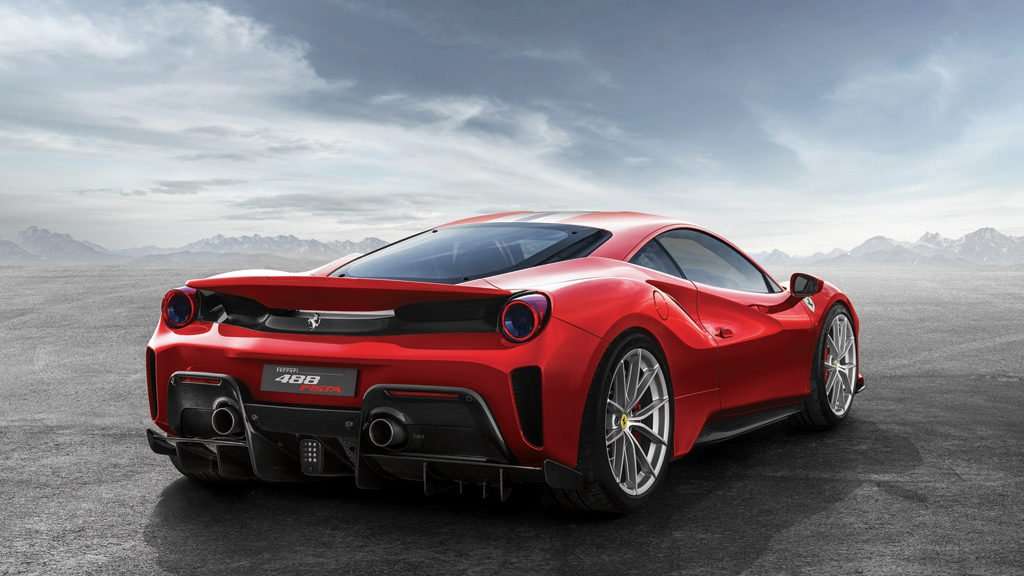turbo engine
The turbo car engine has redefined the benchmarks of modern automotive performance. By harnessing exhaust gases to drive a turbine, this innovation delivers immense power without proportionally increasing fuel consumption. It embodies the perfect balance between efficiency and exhilarating velocity, elevating vehicles to a new echelon of driving experience.
The Science Behind the Turbo Boost
At its core, the mechanism is deceptively simple yet technically profound. Compressing air allows the combustion chamber to burn more fuel, resulting in greater force with every stroke of the piston. The principle has transformed modest engines into machines capable of rivaling much larger counterparts.
Evolution from Racing to Roads
Originally a hallmark of motorsport, forced induction technologies gradually migrated to consumer vehicles. The transition wasn’t merely about speed; it was also about practicality. Manufacturers realized that smaller engines, when paired with sophisticated turbines, could deliver superior performance while meeting stringent emission standards.
Turbo Efficiency Meets Power
Traditional engines often sacrificed fuel economy for strength. Turbocharging altered this equation dramatically. With improved combustion efficiency, vehicles could now achieve both spirited acceleration and respectable mileage. This dual advantage positioned it as a cornerstone of modern automotive design.
Design Innovations and Materials
Technological progress has refined not only the mechanics but also the durability of these systems. Heat-resistant alloys, advanced bearings, and precise engineering ensure that turbines withstand extreme conditions. Innovations in cooling and lubrication further extend lifespan, making them both reliable and high-performing.
Driving Experience Redefined
Beyond technical aspects, the sensation of driving with added thrust is unmatched. The sudden surge of torque, often referred to as the “kick,” creates a visceral thrill that drivers crave. Yet advancements in engineering have smoothed delivery, offering seamless transitions between calm cruising and explosive acceleration.
Impact on Environmental Standards
As regulatory landscapes demand cleaner technologies, this system plays a critical role in bridging performance and responsibility. By enabling smaller engines to produce substantial power, overall emissions are reduced without compromising driver satisfaction. It demonstrates how innovation can serve both passion and planet.
Integration with Hybrid Systems
The next frontier lies in combining turbocharging with electric propulsion. Hybrids enhanced with turbine technology promise unprecedented results, merging instant electric torque with sustained mechanical force. Such integration is set to redefine not only speed but also efficiency in the automotive industry.
Turbo Engine Maintenance and Longevity
With great power comes the necessity for meticulous upkeep. Proper lubrication, quality fuels, and timely servicing ensure optimal function. While the systems are robust, neglect can shorten their lifespan, making awareness an essential part of ownership.
Cultural and Market Influence
Beyond engineering, these engines have become cultural icons. From tuning communities to high-performance manufacturers, they symbolize a pursuit of power and innovation. Market demand continues to rise, solidifying their position as a mainstream feature rather than a niche luxury.
Overcoming Common Challenges
Lag once plagued early systems, creating delays in power delivery. Modern solutions such as twin-scroll turbines, variable geometry designs, and advanced electronics have nearly eradicated this issue. The result is near-instant responsiveness that aligns with driver intent.
Future of Forced Induction
Looking ahead, the marriage of digital controls and lightweight materials promises further evolution. Anticipated breakthroughs include enhanced efficiency, lower environmental impact, and even greater integration with renewable energy sources. The road ahead points toward systems that are smarter, stronger, and more sustainable.
From humble beginnings in racing pits to becoming staples in everyday vehicles, these engines have transformed automotive culture. They encapsulate humanity’s drive to go faster, cleaner, and smarter. In every revolution of the turbine lies a testament to ingenuity—where mechanical brilliance meets the timeless desire for speed.


.jpg?k=1924235ce9)
